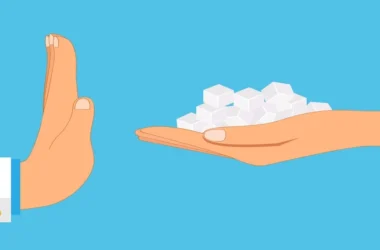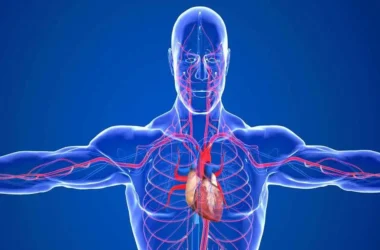[ez-toc]
A wrist sprain is a prevalent injury among athletes, often occurring due to a momentary loss of balance leading to the hand hitting the ground with force, causing the ligaments connecting the wrist and hand bones to stretch beyond their limit.
While falls are a common cause, wrist sprains can also result from being hit in the wrist or applying extreme pressure or twisting.
Athletes such as basketball players, baseball players, gymnasts, divers, skiers, skaters, skateboarders, and inline skaters are particularly susceptible to wrist sprains.
What Does a Wrist Sprain Feel Like?
Identifying a wrist sprain involves recognizing symptoms such as pain, swelling, tenderness, warmth around the injury, a popping or tearing sensation, bruising, loss of motion, and weakness.
Medical diagnosis may include a physical exam, X-ray, MRI, arthrogram, or arthroscopy.
Wrist sprains are categorized into three grades based on the severity of ligament damage: Grade I (minor damage), Grade II (more severe damage), and Grade III (complete tear).
Treatment for Wrist Sprain
Minor-to-moderate wrist sprains typically heal with time, but certain measures can expedite recovery. These include:
- Rest: Allow at least 48 hours of rest for the wrist.
- Ice: Apply ice for 20-30 minutes every 3-4 hours for 2-3 days to reduce pain and swelling.
- Compression: Use a bandage to compress the wrist.
- Elevation: Keep the wrist elevated above the heart as often as possible.
- Anti-inflammatory Medications: Take NSAIDs like Advil, Aleve, or Motrin to manage pain and swelling, following your doctor’s advice.
In some cases, a cast or splint may be recommended for a short duration to immobilize the wrist. Stretching and strengthening exercises, guided by a physical or occupational therapist, can aid recovery. Severe Grade III wrist sprains may necessitate surgery for ligament repair.
Recovery Timeline
Recovery time varies based on the severity of the sprain. Generally, it’s when you can move your elbow, wrist, and hand through a full range of motion without pain.
Also Read: What Are Kidney Stones (Renal Calculi or Nephrolithiasis)?
Healing may take two to ten weeks, depending on the grade of the sprain. Grade I may take 2-4 weeks, while Grade III may require 3-6 months.
Engaging in activities that don’t strain the wrist during recovery, such as jogging or stationary biking, is advisable.
Preventing Wrist Sprains
While wrist sprains are challenging to prevent due to their accidental nature, athletes can exercise caution and follow safety guidelines.
Some may find wrist guards or tape beneficial, as they can prevent the wrist from bending backward during a fall.
Conclusion
In conclusion, understanding the causes, symptoms, and proper treatment of wrist sprains is crucial for athletes and individuals alike.
By adopting preventive measures and adhering to recommended recovery protocols, individuals can minimize the impact of this common injury and return to their regular activities safely.




